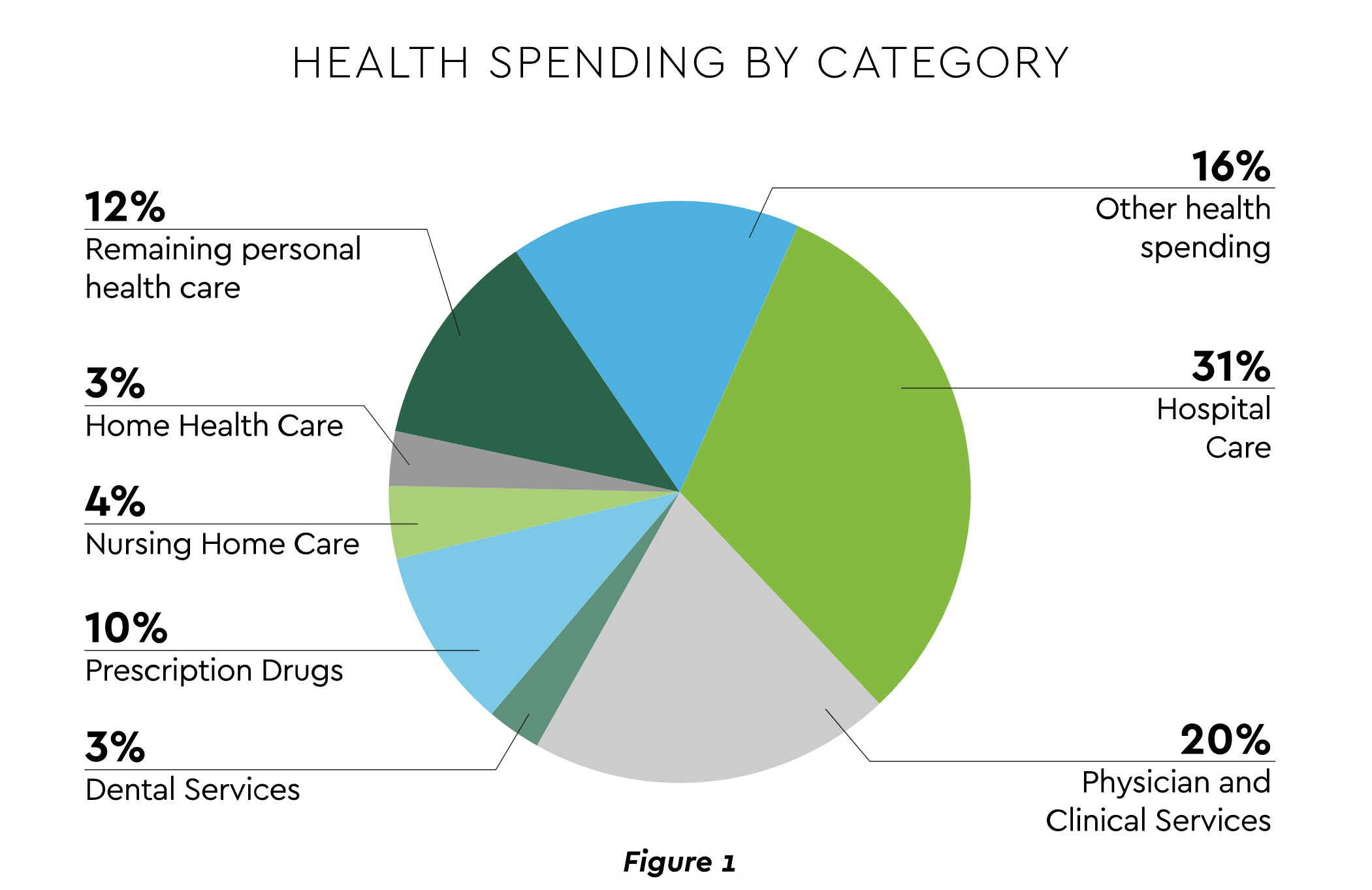Emergen Research Logo
The global healthcare business intelligence market is anticipated to reach value of USD 15.14 Billion by 2027, according to a current analysis by Emergen Research. The global healthcare business intelligence(BI) market is expected to expand significantly during the forecast period, owing to increasing demand for improved claim management solutions in the healthcare industry. Rising demand for better cost management solutions is likely to drive the global healthcare business intelligence market further in the near future. Moreover, rising adoption of data-driven decision-making solutions in the healthcare industry is also expected to drive the global healthcare BI market during the forecast period.
𝐓𝐨 𝐠𝐞𝐭 𝐚 𝐬𝐚𝐦𝐩𝐥𝐞 𝐜𝐨𝐩𝐲 𝐨𝐟 𝐭𝐡𝐞 𝐆𝐥𝐨𝐛𝐚𝐥 Healthcare Business Intelligence Market 𝐫𝐞𝐩𝐨𝐫𝐭, 𝐯𝐢𝐬𝐢𝐭 @ https://www.emergenresearch.com/request-sample/460
The study outlines the rapidly evolving and growing market segments along with valuable insights into each element of the industry. The industry has witnessed the entry of several new players, and the report aims to deliver insightful information about their transition and growth in the market. Mergers, acquisitions, partnerships, agreements, product launches, and joint ventures are all outlined in the report.
𝐋𝐢𝐬𝐭 𝐨𝐟 𝐓𝐨𝐩 𝐊𝐞𝐲 𝐂𝐨𝐦𝐩𝐚𝐧𝐢𝐞𝐬 𝐏𝐫𝐨𝐟𝐢𝐥𝐞𝐝 𝐢𝐧 𝐭𝐡𝐞 Healthcare Business Intelligence Market Domo Inc., Tableau Software, Sisense Inc., Microsoft Corporation, Qlik Technologies Inc., Infor Inc., SAP SE, Salesforce.com, Inc., Oracle Corporation, and MicroStrategy Incorporated
𝐌𝐚𝐫𝐤𝐞𝐭 𝐃𝐲𝐧𝐚𝐦𝐢𝐜𝐬:
The report offers insightful information about the market dynamics of the Healthcare Business Intelligence Market . It offers SWOT analysis, PESTEL analysis, and Porter’s Five Forces analysis to present a better understanding of the Healthcare Business Intelligence Market , competitive landscape, factors affecting it, and to predict the growth of the industry. It also offers the impact of various market factors along with the effects of the regulatory framework on the growth of the Healthcare Business Intelligence Market
Increasing demand for improved claim management solutions in the healthcare industry and rising demand for better cost management solutions are driving the healthcare business intelligence market.— Emergen Research
𝐅𝐨𝐫 𝐬𝐭𝐚𝐭𝐢𝐬𝐭𝐢𝐜𝐚𝐥 𝐚𝐧𝐚𝐥𝐲𝐬𝐢𝐬 𝐬𝐭𝐮𝐝𝐲 𝐨𝐧 Healthcare Business Intelligence Market 𝐫𝐞𝐬𝐞𝐚𝐫𝐜𝐡 𝐫𝐞𝐩𝐨𝐫𝐭, Request for Free Sample Report
𝐒𝐨𝐦𝐞 𝐊𝐞𝐲 𝐇𝐢𝐠𝐡𝐥𝐢𝐠𝐡𝐭𝐬 𝐢𝐧 𝐭𝐡𝐞 𝐑𝐞𝐩𝐨𝐫𝐭 :
In August 2020, Knarr Analytics LLC was acquired by Qlik Technologies Inc. The deal would improve Qlik’s Cloud Platform Active Intelligence capability, which offers comprehensive insights to enable data-driven activities.
During the forecast period, the software segment is expected to retain the largest market share, expanding at a CAGR of 14.7%. Business intelligence software helps healthcare organizations collect, interpret, and process data into appropriate business information, which is projected to fuel the segment during the forecast period.
Read more at Healthcare Business Intelligence Market : A Breakdown of the Industry by Technology, Application, and Geography






